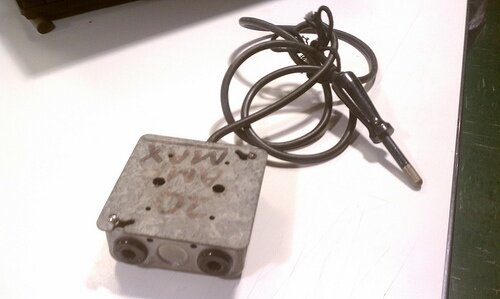Well, many have guessed correctly, so I'll answer now.
Yes it's a
patch panel two-fer.
Is it
UL Listed ?. Ummm..... Yeah,.....the labels...... on the other side, somewhere.....
Seriously, I have no idea if it's code compliant or not. I built 3 of these things to deal with poorly designed patch panels. When I started at BC in '81, I had 3 such patch panels with the 3rd and final
unit just this month being taken out of service as the theater starts renovation, thus am now, or will be a complete Dimmer-Per-Circuit facility.
I have to say that these things came in very handy when you only had 4 patch receptacles for a 7200w
dimmer, with a need to patch more then 5 circuits, yet were still below the capacity of the
dimmer. They saved the ass of many a design student, as well as visiting LD's whom struggled with the concept of
Channel -
Dimmer -
CIRCUIT.
They were also used when you wanted to patch all the circuits to a
dimmer that had a
re-patch - I.E. an "A" patch for Act I and a "B" patch for Act II, as example. You could patch all the circuits, avoiding errors and then label the breakers.
In truth, they didn't get a whole lot of use, but when they were needed they were very useful.




